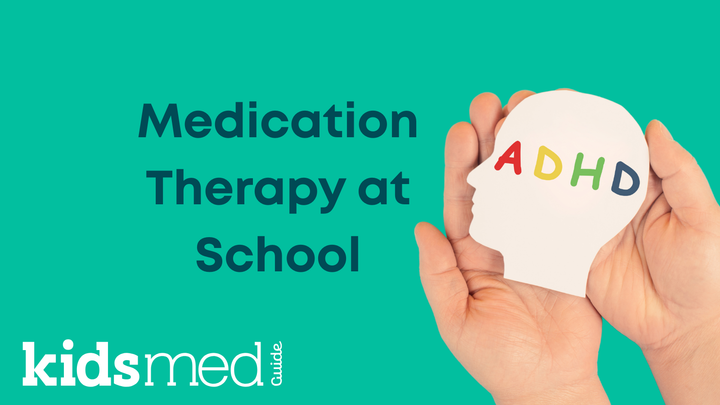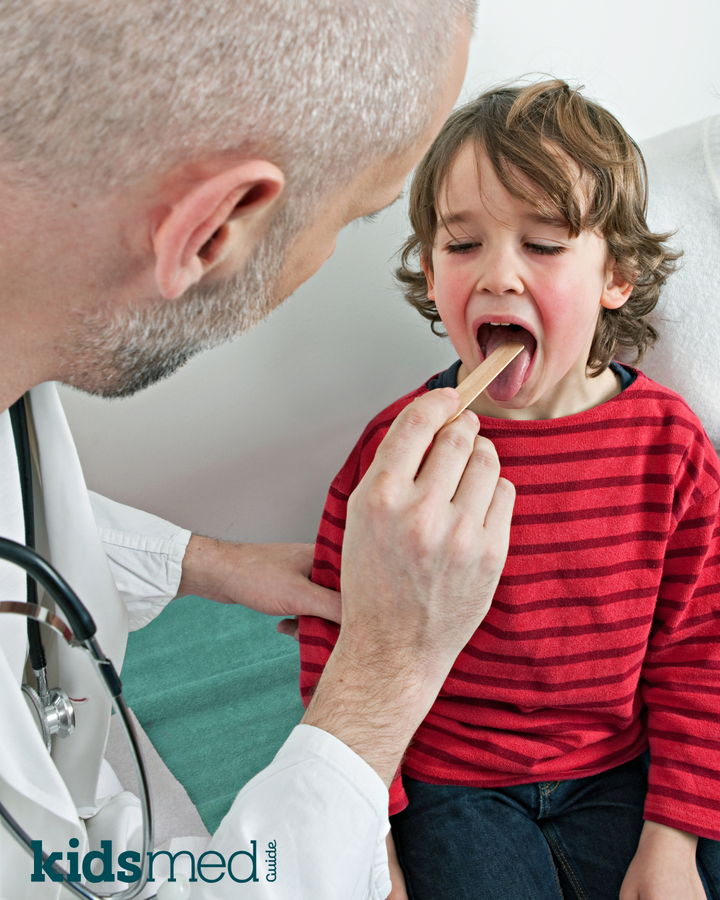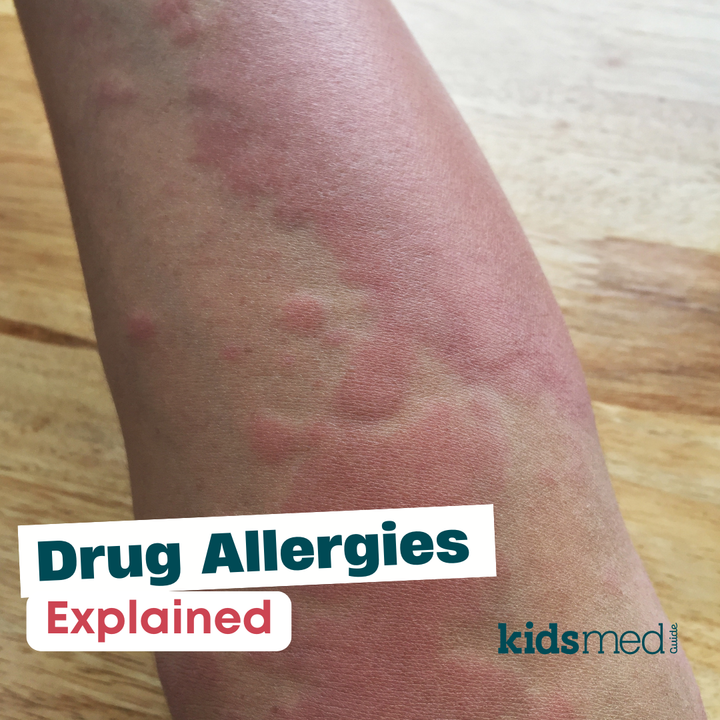Medication Management for Asthma During School and Sports
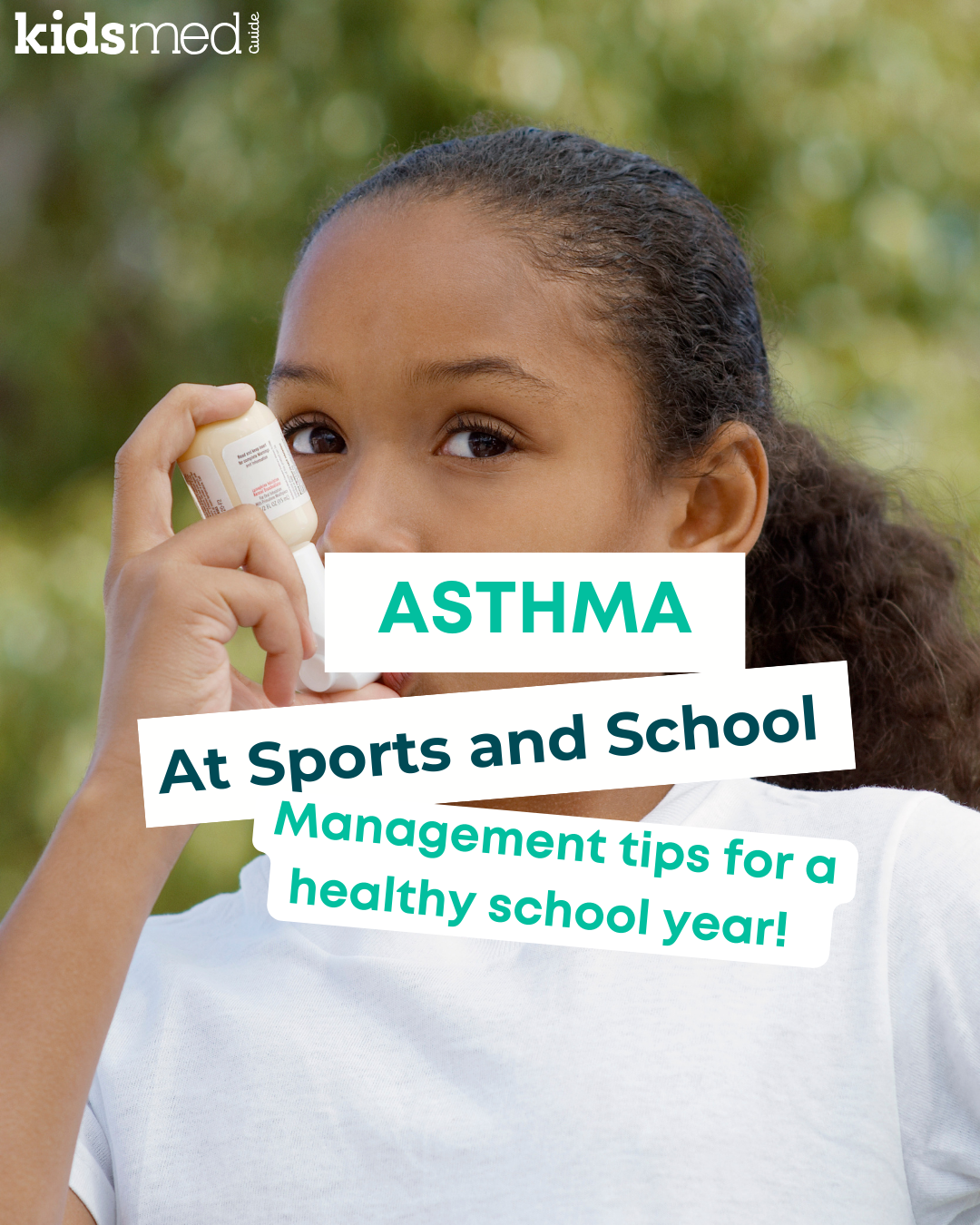
Sports parents should live by the Boy Scouts' motto: Be prepared! At our house, it’s a race from the bus to the house for a snack, then straight to practice. If we can’t find the shin guards or ballet shoes, we’re in trouble. Older kids often stay after school for practice, so they need to be organized in the morning and ensure they have everything they need for sports before the day even begins.
Asthma makes preparing and planning even more challenging. Long-term preparation includes keeping your asthma action plan up to date, staying on top of refills, ensuring your child understands their medical needs, and informing coaches of your child’s diagnosis. Daily, there’s the task of making sure your child’s rescue inhaler is always accessible and not hidden in yesterday’s backpack!
Yes, it can be challenging, but managing asthma in sports is essential because exercise is essential (and fun!) for kids, especially those with asthma. Being prepared allows them to join in their favorite activities and helps them stay happy, healthy, and fit!
Why Asthma Medication Management Is Important
Asthma in children is one of the most common chronic illnesses, and without careful medication management, symptoms can flare and cause an asthma attack. Proper medication use prevents attacks, supports healthy lung function, and helps kids participate fully in daily life.
Consistency is key: controller medications keep inflammation under control, while rescue inhalers are your child’s safety net when symptoms sneak in.
The goal isn’t just to avoid asthma attacks but also to give kids the freedom to run, play, and learn without fear of symptoms.
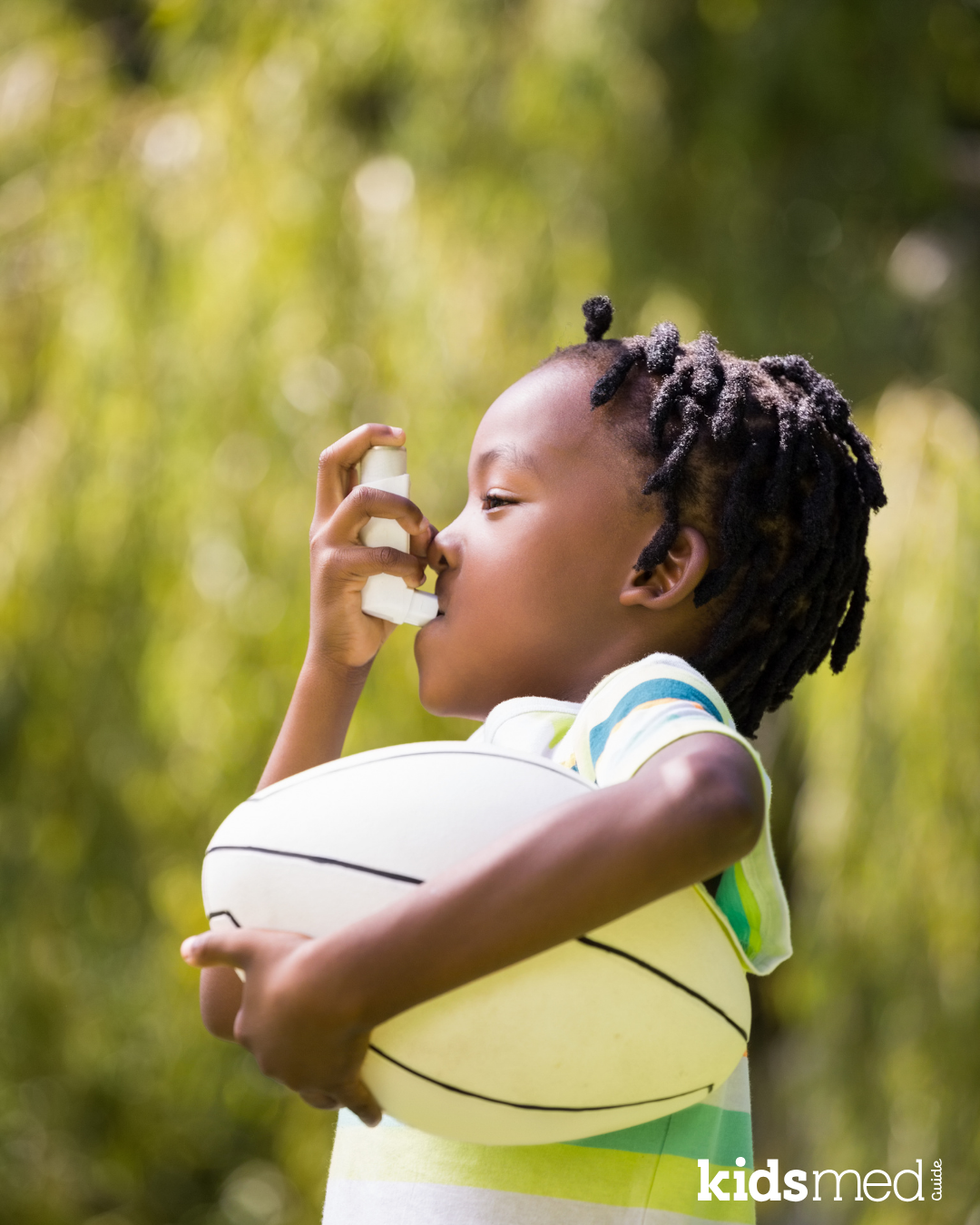
Types of Asthma Medications
Controller (preventive) medications
Controller medications, such as inhaled corticosteroids or combination inhalers, are taken daily even when your child feels well. They include inhaled corticosteroids, long-acting beta-agonists, and other medications.
Think of them as background medication. When used properly, controller inhalers can reduce airway inflammation silently, preventing symptoms from worsening. Skipping doses can cause more frequent flare-ups and increase the risk of needing to visit the nurse’s office (or worse, the ER).
Rescue (reliever) medications
Rescue inhalers, such as albuterol, work quickly to relax airway muscles and relieve sudden symptoms, including cough, wheeze, or asthma attacks. These are taken as needed and should always be accessible—at school, on the field, and in your child’s bag.
If your child uses a rescue inhaler more than twice a week (outside of sports), it may indicate that their asthma isn’t well-controlled, and a medication adjustment might be necessary.
Managing Exercise-Induced Asthma (EIB)
As previously mentioned, exercise in children offers many benefits. It helps keep lungs healthy, which is especially important for kids with asthma. Sports are also excellent for children, teaching them teamwork, responsibility, and motivation.
Unfortunately, many kids with asthma experience exercise-induced bronchoconstriction (EIB), which can lead to coughing, chest tightness, or wheezing during activity. Cold weather or seasonal allergens like pollen can make EIB symptoms worse.
Using a rescue inhaler 15–20 minutes before sports or play can help prevent symptoms. Talk with your child’s pediatrician if your child experiences EIB, even if it’s just mild. Most likely, your child’s doctor will recommend a dose of a rescue inhaler before activity and include it in your child’s asthma action plan (green zone).
Start teaching your child from a young age that they should remember their rescue inhaler dose before sports and to use it if symptoms occur. Coaches and staff should know the plan so they can support your child if symptoms develop during the game, whether that means reminding your child or calling you.
Asthma management during sports: key points
- Pre-game preparation: If recommended, your child should use a rescue inhaler before warm-ups. Follow the prescribed instructions from your child’s doctor.
- Coach communication: Coaches should be aware of your child’s asthma, medication plan, and what to do if symptoms arise during play, since managing asthma in sports often requires quick action and support from adults on the field.
- Symptom monitoring: Teach your child to identify early signs, such as coughing or chest tightness, that indicate a break is necessary.
- Stay hydrated and warm up: These simple steps can reduce triggers.
- If cold, dry air is a trigger for your child, they can consider wearing a scarf or something similar to humidify the air near their mouth and nose (if age appropriate and safe for the sport at play).

Asthma Management in School
Managing asthma in school is important because schools play a huge role in keeping children with asthma safe. Every child should have:
- An Asthma Action Plan on file, signed by their provider.
- Medications stored safely and accessibly (sometimes with the nurse, sometimes carried by the child, depending on state regulations and age).
- Staff trained to recognize asthma symptoms and respond quickly.
Parents should review action plans with school staff at the beginning of the year and update them after any medication changes, since managing asthma in school depends on clear communication and planning. Having medications in multiple places (like the classroom and nurse’s office) may be helpful, especially for younger kids.
Exercise-induced bronchoconstriction might happen before gym or recess. Ensure your school has a copy of your asthma action plan on file, and remind students and staff about any rescue medication doses needed before activity or class.
Preparing Children and Families for Asthma Management
Medication management is a shared responsibility among patients, parents, caregivers, and healthcare providers. Parents are ultimately responsible for their child’s health and well-being.
That being said, kids are never too young to learn about managing their health, and should learn about asthma and their medications early! The more empowered your child is, the safer they will be.
Kids should understand:
- The difference between controller and rescue inhalers.
- When and why they need to take a dose of their rescue inhaler before sports or play.
- How to use inhalers correctly (with or without a spacer).
- When to ask for help if symptoms worsen.
Parents can foster independence by practicing inhaler technique at home, role-playing scenarios (such as telling the teacher they need their inhaler), and providing plenty of encouragement. Regular check-ups help ensure medications are working and provide opportunities to update action plans.
Safety, Monitoring, and Common Concerns
Like all medications, asthma treatments have potential side effects. Inhaled corticosteroids may cause mild throat irritation or hoarseness. Rescue inhalers may cause jitteriness or a fast heartbeat if used frequently.
When to call your provider:
- If symptoms are worsening despite regular controller use.
- If your child needs their rescue inhaler more often than prescribed.
- If nighttime symptoms are interfering with sleep.
Tracking symptoms with a diary or app can help spot patterns, identify triggers, and guide medication adjustments.
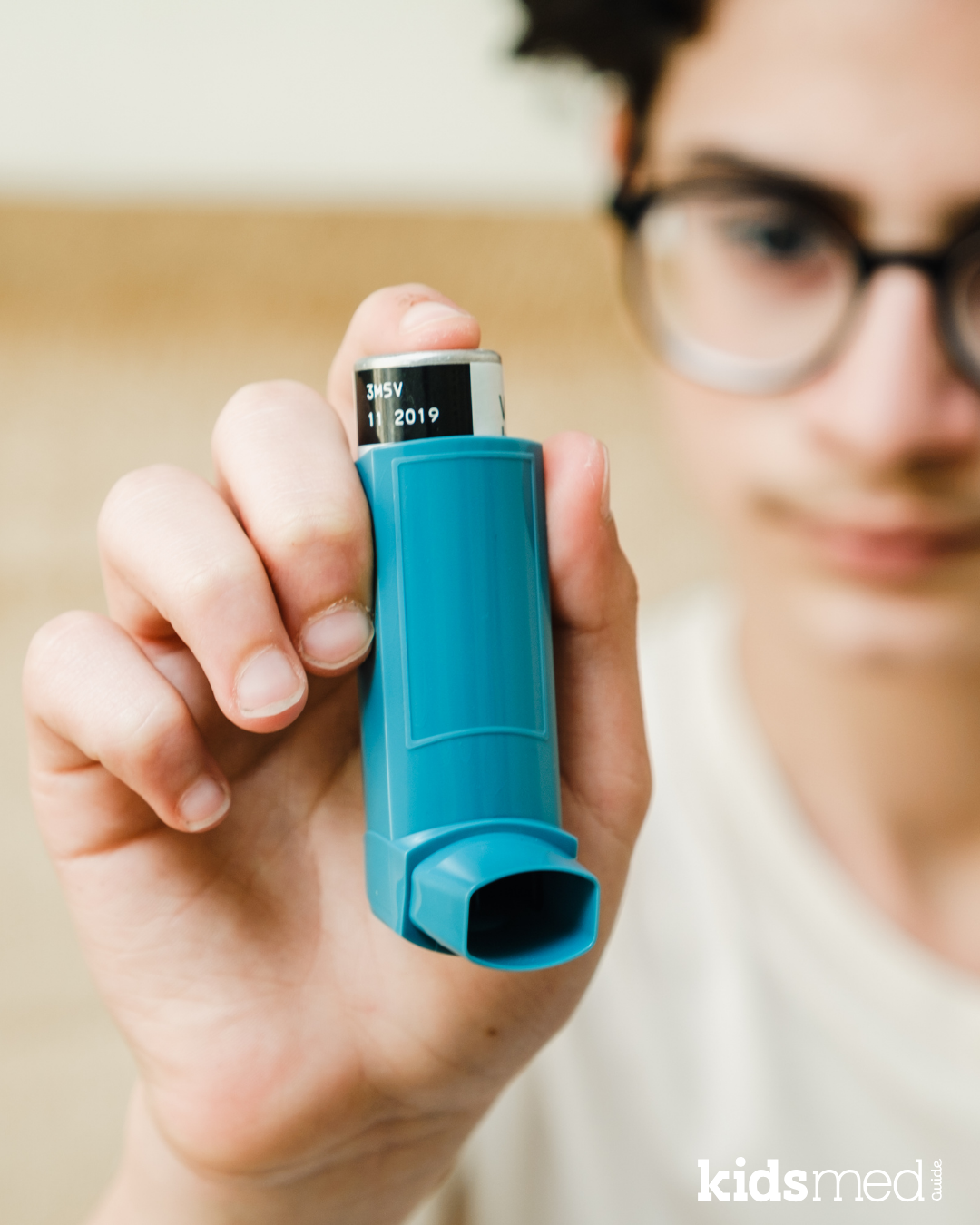
Preventive Measures for School and Sports
- Keep the Asthma Action Plan up to date and share it with teachers, nurses, and coaches.
- Use technology! Many families rely on apps that remind children to take medications and track symptoms. Even a basic alarm or calendar reminder during sports season can be helpful.
- Replace inhalers and spacers regularly so they aren’t expired or empty when needed most. Ensure you have enough refills, and if insurance allows, keep a backup rescue inhaler handy.
- Review the plan before every sports season or school year to ensure everyone is ready.
Conclusion
Asthma medication management during school and sports seasons requires some extra planning. Make sure your child has their rescue inhaler accessible at all times. If they need a dose of rescue medicine before sports or a school activity, talk to them about using it consistently.
Keep on top of your child’s controller medication and make sure their asthma action plan is up to date (and followed!). When your child takes their medication regularly and correctly, they should be able to participate in any activity they enjoy.
Frequently Asked Questions
What is an Asthma Action Plan and why is it important?
It’s a written plan from your child’s healthcare provider that outlines daily medications, steps to take if symptoms worsen, and when to seek emergency help. It’s usually divided into zones (green, yellow, or red) to help patients and families determine their asthma stage and guide treatment. It ensures everyone caring for your child is on the same page.
How should children use rescue inhalers before sports?
Most providers recommend using a rescue inhaler about 15 minutes before exercise if your child has exercise-induced asthma. Always follow your provider’s guidance.
Can asthma medications be safely given together?
Yes, controller and rescue medications are meant to work together. The controller helps prevent symptoms, while the rescue treats sudden flare-ups. Always follow the prescribed instructions.
How do I ensure my child’s asthma is well-managed at school?
Provide the school with an updated Asthma Action Plan, ensure medications are accessible, and communicate regularly with teachers and staff. Empower your child to understand their diagnosis and treatment, and encourage them to speak up to teachers and staff if needed!
What should parents monitor for during physical activity?
Watch for coughing, wheezing, chest tightness, or shortness of breath. If symptoms continue after using a rescue inhaler, seek medical help.
The following references were used to compile this information:
Asthma & Exercise: How to Keep Your Active Child Breathing Easy. (2025, March 26). HealthyChildren.Org. https://www.healthychildren.org/English/health-issues/conditions/allergies-asthma/Pages/Exercise-and-Asthma.aspx
Cleavon Covington, M. D. (2025). Don’t Forget Asthma When Doing Your Pre-Sports Participation Physicals. https://publications.aap.org/journal-blogs/blog/32211/Don-t-Forget-Asthma-When-Doing-Your-Pre-Sports
Cloutier, M. M., Baptist, A. P., Blake, K. V., Brooks, E. G., Bryant-Stephens, T., DiMango, E., Dixon, A. E., Elward, K. S., Hartert, T., Krishnan, J. A., Lemanske, R. F., Ouellette, D. R., Pace, W. D., Schatz, M., Skolnik, N. S., Stout, J. W., Teach, S. J., Umscheid, C. A., & Walsh, C. G. (2020). 2020 Focused Updates to the Asthma Management Guidelines: A Report from the National Asthma Education and Prevention Program Coordinating Committee Expert Panel Working Group. Journal of Allergy and Clinical Immunology, 146(6), 1217–1270. https://doi.org/10.1016/j.jaci.2020.10.003
Exercise-Induced Bronchoconstriction (EIB) | ACAAI Public Website. (n.d.). ACAAI Patient. Retrieved September 8, 2025, from https://acaai.org/asthma/types-of-asthma/exercise-induced-bronchoconstriction-eib/
What is an Asthma Action Plan? (2024, June 7). HealthyChildren.Org. https://www.healthychildren.org/English/health-issues/conditions/allergies-asthma/Pages/What-is-an-Asthma-Action-Plan.aspx?_gl=1*bsjxgn*_ga*MTQ3NjQxMzcyMi4xNzU2MzQ5NDgy*_ga_FD9D3XZVQQ*czE3NTcyNzkyNjEkbzckZzEkdDE3NTcyNzkyNjckajU0JGwwJGgw

